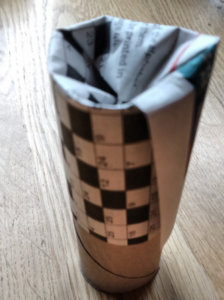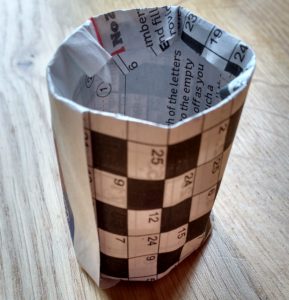on your windowsill, in your kitchen or garden
This weekend should have seen us host our first community engagement event of the year, our annual Spring festival where we encourage everyone to get growing for another year. COVID-19 restrictions means we will have to miss it this year but we can still get growing in our gardens, our kitchens, balconies, shared greens and window ledges.
Growing herbs, vegetables and edible flowers is a great way to help deal with the strain of being cooped up and if you can get out, it gives us a little bit of fresh air and exercise too. It is not though, a mere distraction, it will give long lasting interest. If you are anything like me, I do a daily, if not hourly, check on my seeds to see if there is the slightest sign of a shoot poking through. It is quite exciting! Then all the nurturing – checking on temperature, watering, position for sunlight – which all needs to be done regularly. Whilst being good for our health and wellbeing, it is also educational and can be a welcome activity for home educators. As if that is not enough, we have the ultimate pleasure of tasting our own home grown produce.
Right now it may be a little harder to get a hold of items like seeds and plant pots as garden centres are shut and supermarkets are mostly out of these things but if you can order online, you will be able to get most things delivered. Cost may well be a factor too so I’d like to share some ideas for a more cost effective, sustainable and fun way to get some growing done.
Lockdown has given us an opportunity to be a bit more resourceful and reuse items that you can find around the home. I had a look round my house for materials and here is what I found…
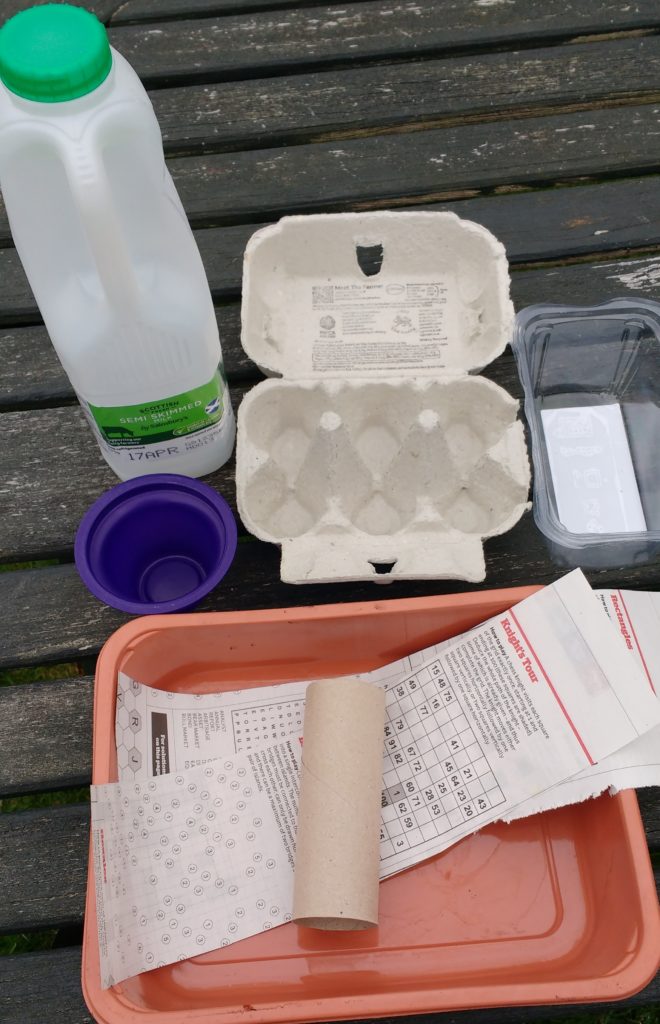
These can all be turned into plant pots. The egg box can be a container for chitting seed potatoes (enouraging sprouting before planting out) – it’s not too late to do this if you get going now. Mine have only been chitting for a week and this is what they look like. These are maris pipers in the making.
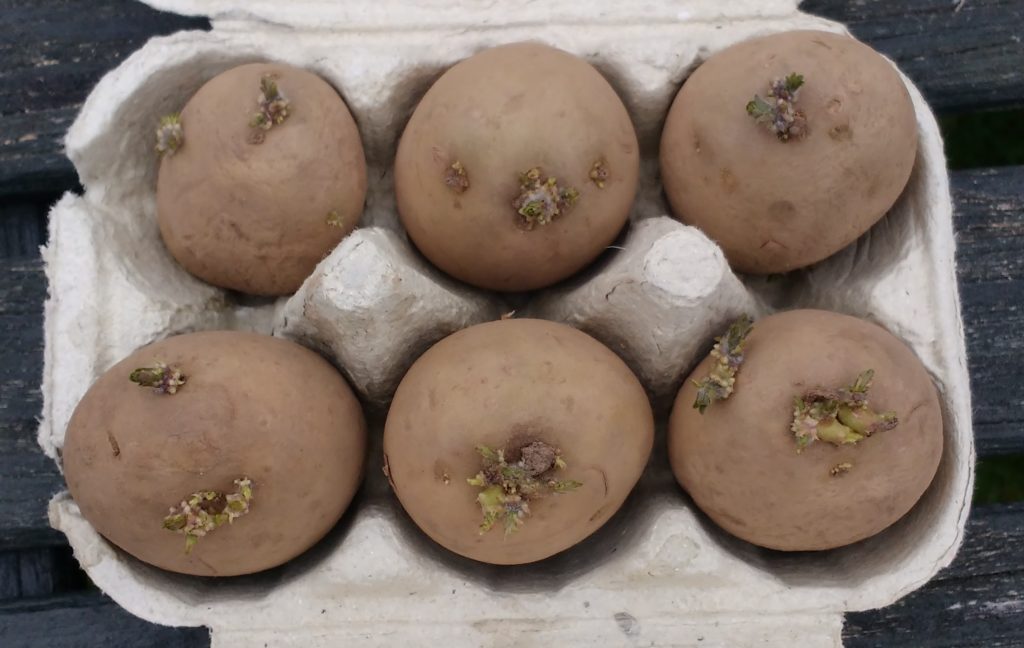
Egg boxes can also be used for sowing seeds and when the seedlings are big enough, can be planted out or re-potted whole. You can just tear round the section of egg box and plant the whole thing in the ground or into a new pot as the cardboard is biodegradable.
In my recycling bag, I found various food trays, plastic punnets and yogurt pots which can be used as plant pots or saucers. I have done a few demos and found that milk cartons are real multi-taskers; I used the lid as a tray for the seeds as some are so small, like rocket, it was easier to pour a few into the lid and then press them onto my finger for sowing individually.
The milk carton can then be used, not only as a planting pot, but also as a mini greenhouse by cutting half way and closing over to keep the heat and moisture in. It is the same principle as a cloche and you could cut the milk carton in half and use it in this way to protect vulnerable seedlings from pests and/or to trap heat and moisture. Even more creative, you can make your own watering can with an empty milk carton by rinsing out and then making a few holes in the lid with a skewer; simple but effective.
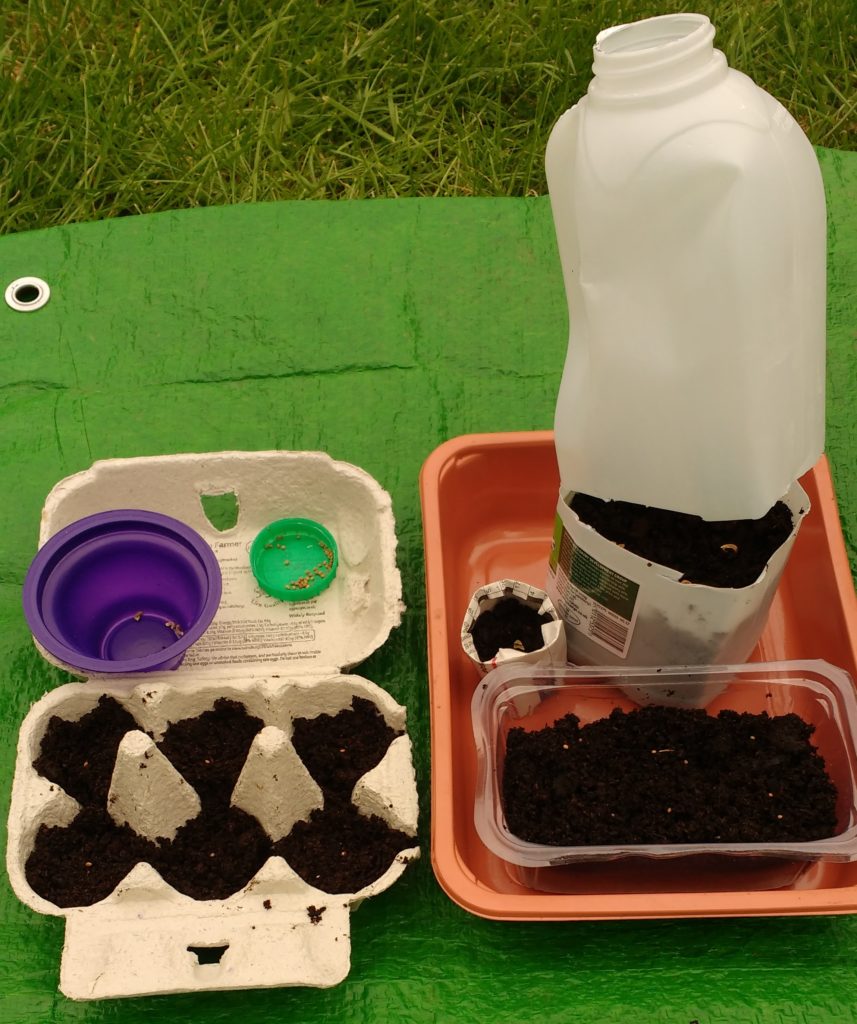
In the milk carton, I planted calendula officinalis (edible marigold) a beautiful flower which provides a colourful, as well as flavoursome addition to salads. It goes well with cakes too! Planting these flowers enhances biodiversity as they attract pollinators making bees and butterflies happy too.

So what about the newspaper and the toilet roll? Well, it is another way of making a plant pot for seed sowing and as it is biodegradable, like the egg carton, it can be planted directly into the ground or a larger pot when the seedlings have outgrown it. Here’s a step by step guide to making one:
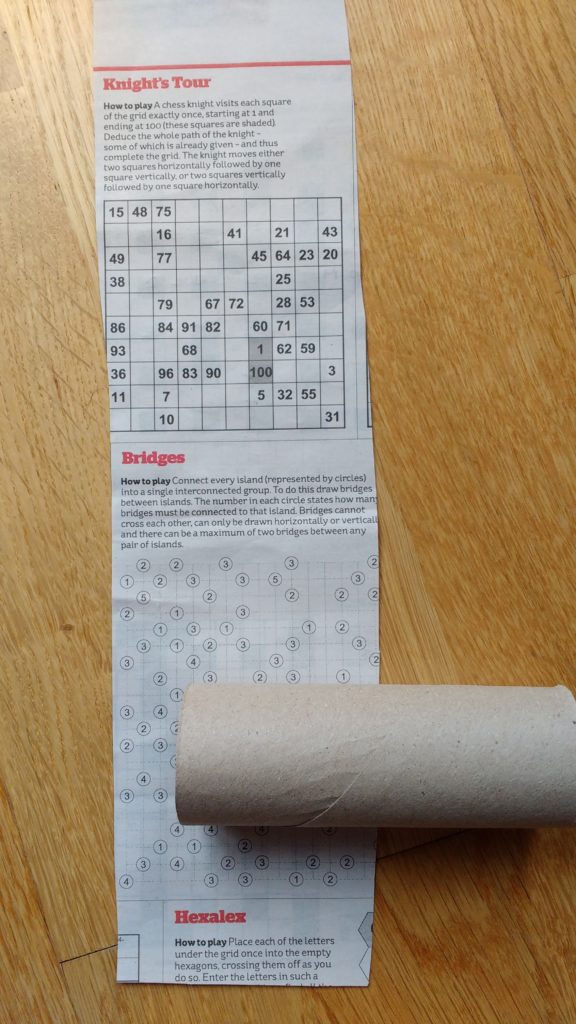
There is certainly plenty to keep busy with and once those seedlings have sprouted, we need to keep them going. I just spotted a munched leaf and some holes in the rocket I planted out just a few days ago so some bugs have found their way into my container. From a raid on the kitchen caddy I got some crushed egg shells and used coffee grains which I scattered round the plants. These are useful natural deterrents to pests. Let’s see how that works.
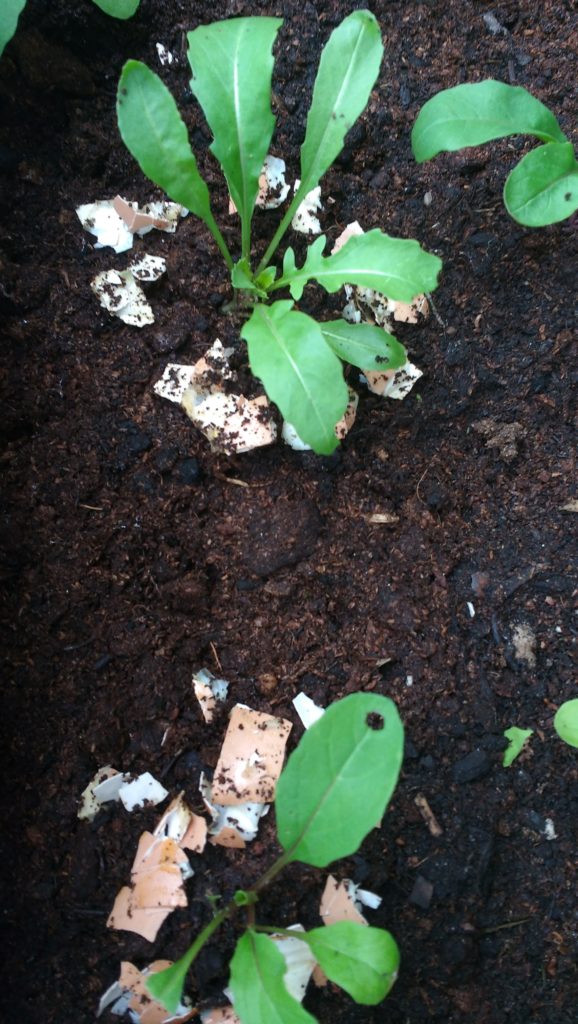
Reusing materials is turning out to be very helpful at this time of both COVID-19 and climate change challenges. Finding our inner resourcefulness is good for our well-being and our resilience long term.
Currently there is no garden waste collection so a final idea for those like me who had to do some cutting back in the garden but without a big enough compost bin – make your own trellis. Here’s one I made earlier with hawthorn, a bit of square lashing and weaving.
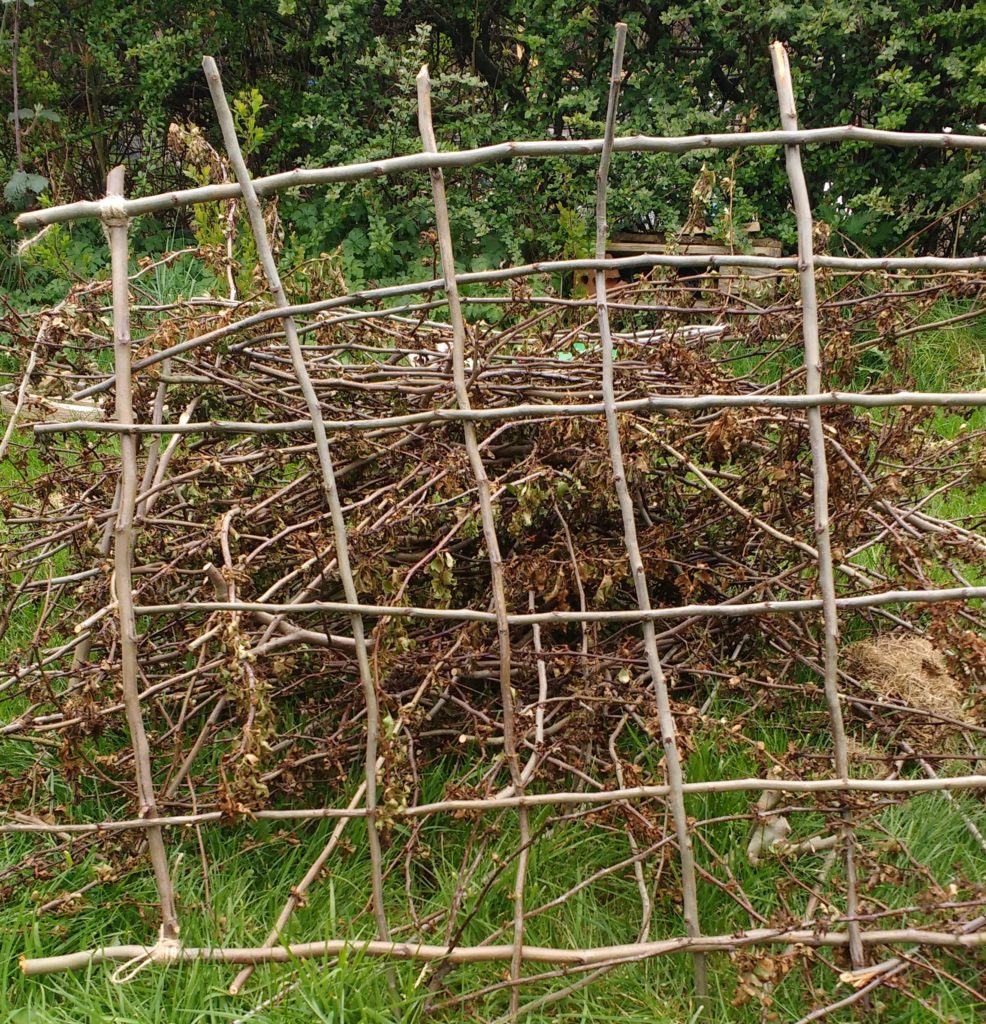
Find out more about what to plant at this time of year by downloading our spring handout. Do let us know if you have any other tips or ideas.
Happy Spring gardening.

